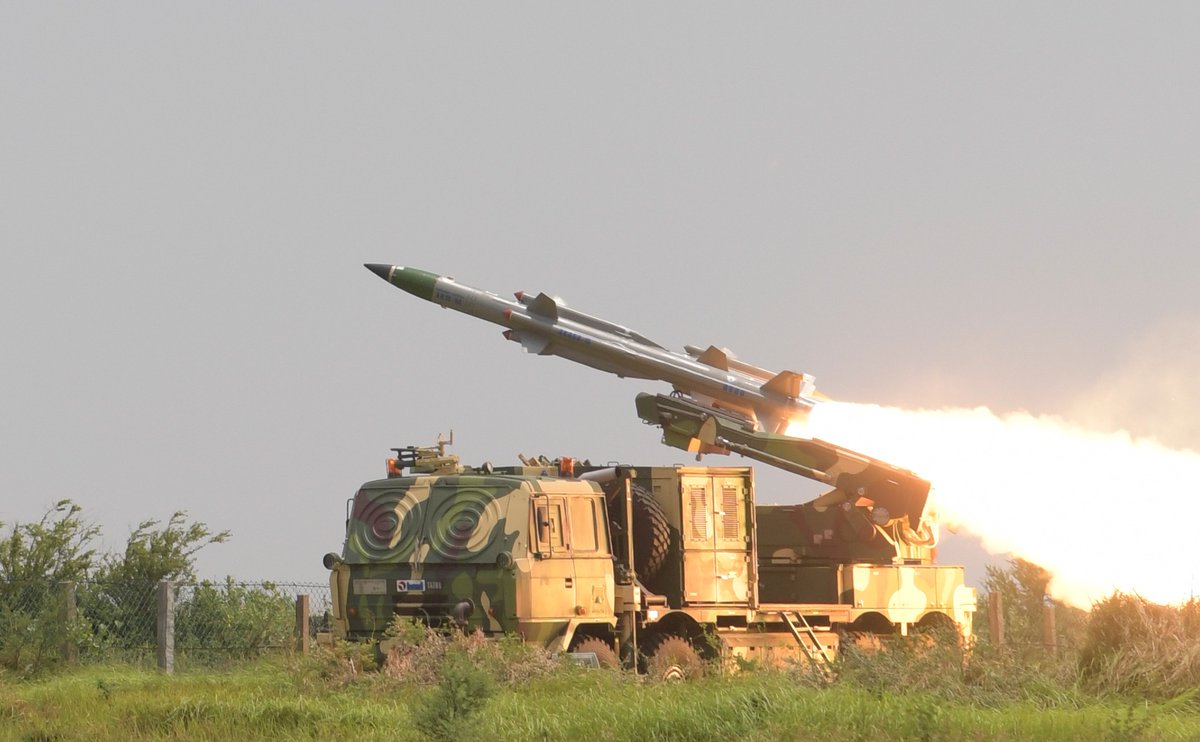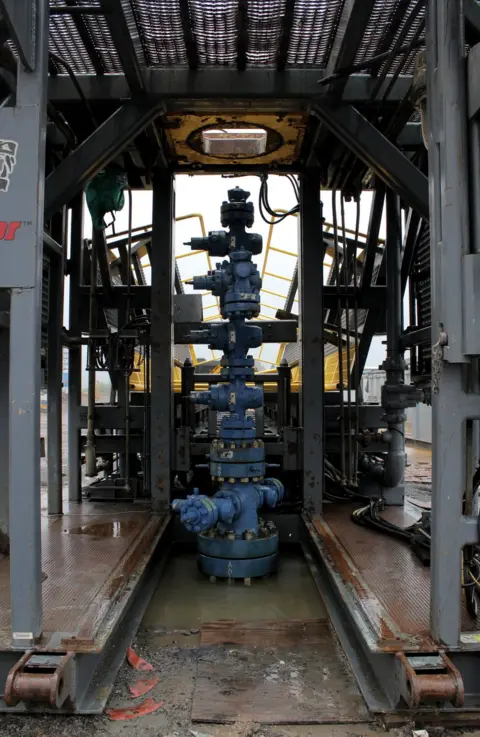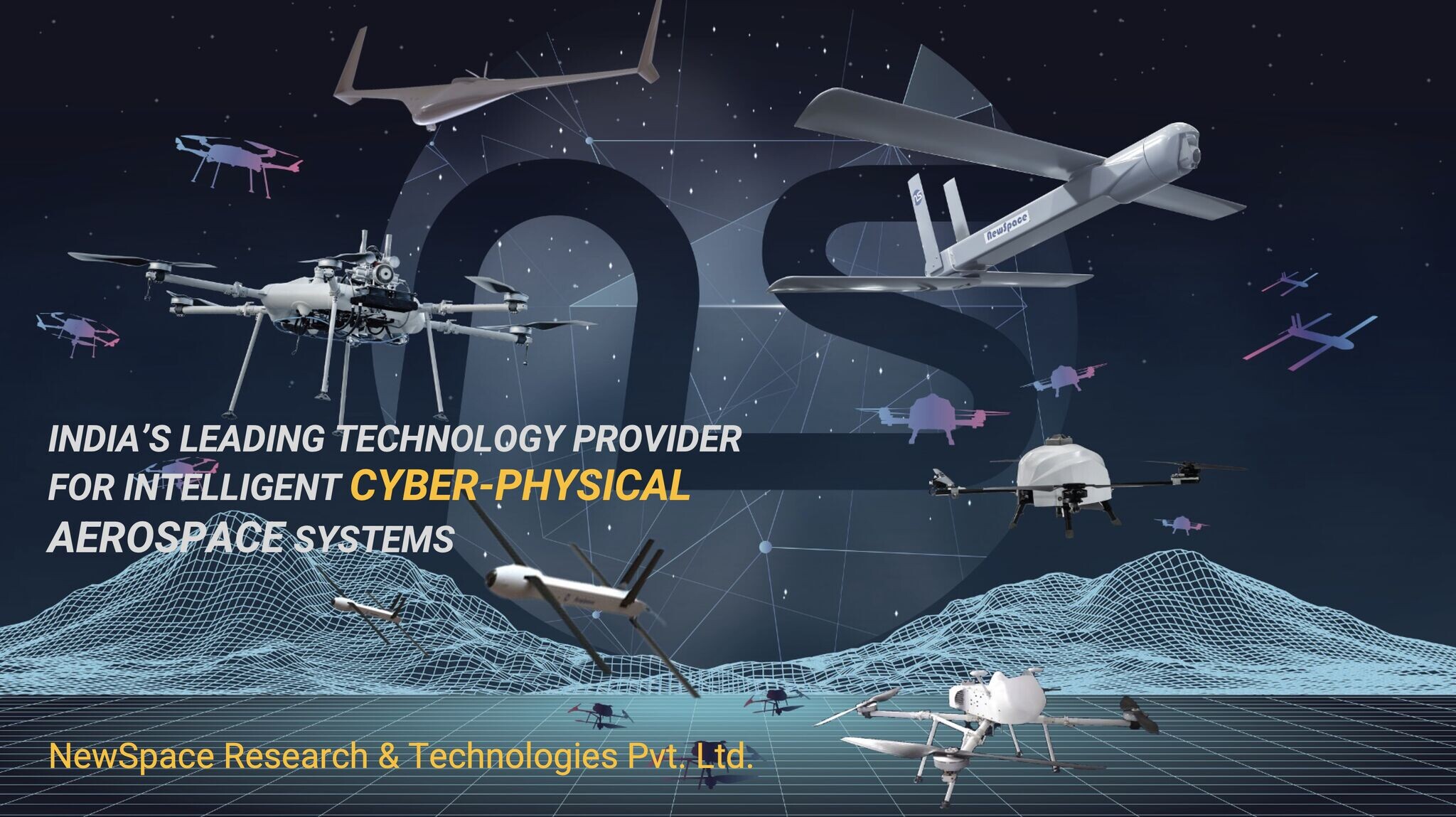SOURCE: RAUNAK KUNDE / NEWS BEAT / IDRW.ORG


India’s indigenous defense manufacturing is set to witness a new chapter as Armoured Vehicles Nigam Ltd (ANVL) plans to form a joint venture (JV) with Russian firms Rosoboronexport (ROE) and Hindustan Power Corporation (HPC) to manufacture a Light Tank for the Indian Army. The JV will be majority-owned by ANVL and India Optel Limited (IOL).
This development is likely to introduce a new contender in the race for the Indian Army’s requirement of 295 Light Tanks under the ‘Make-I’ category. Based on the Sprut-SD design, the proposed Indian Light Tank is expected to compete directly with the DRDO-L&T developed Zorawar Light Tank, which has already commenced trials and secured a first-mover advantage.
Continue readingSOURCE: RAUNAK KUNDE / NEWS BEAT / IDRW.ORG
:quality(70)/cloudfront-us-east-1.images.arcpublishing.com/archetype/NBQXEJG5TBAGFHJJWFNKRRFDCU.jpg)

The Defence Research and Development Organisation (DRDO) has initiated fabrication work on the Pinaka MkIII, a more advanced version of the already potent Pinaka multi-barrel rocket launcher system. This new variant is set to boast an impressive range of 120 kilometres, significantly enhancing India’s firepower capabilities.
Concurrently, the development of a guided version of the Pinaka with a 120-kilometer range is also underway under the Long Range Guided Rocket (LRGR) project. Intriguingly, there are indications of plans for both 120km and 300km variants, possibly with a uniform 300mm calibre.
Continue readingSOURCE: RAUNAK KUNDE / NEWS BEAT / IDRW.ORG


India is set to commence the delivery of its indigenously developed Akash 1S air defence missile system to Armenia later this year. This marks a significant milestone for the country’s defence exports, as Armenia becomes the first international customer for the advanced missile system.
Manufactured by Bharat Dynamics Limited (BDL), the Akash 1S is an upgraded version of the existing Akash missile, featuring an indigenous seeker that enhances its target acquisition and interception capabilities.
The system employs a combination of command guidance and active terminal seeker guidance, providing a robust defence against aerial threats such as fighter jets, cruise missiles, and drones.
Continue readingSOURCE: IDRW.ORG TEAM


The Defence Research and Development Organisation (DRDO) has initiated a groundbreaking project to develop a cutting-edge Through Wall Imaging Radar (TWIR). This innovative technology is set to revolutionize surveillance and security operations across the country.
Unlike its predecessors, the upcoming TWIR will be designed in both handheld and tripod-based configurations, offering unmatched flexibility and portability to security personnel. This versatility will enable operators to swiftly deploy the radar in a variety of challenging environments, from urban settings to remote terrains.
Continue readingSOURCE: AFI


Retired Lt Gen H S Panag, a former GOC-in-C of Northern and Central Commands, has lauded the DRDO-L&T Zorawar light tank project as a pivotal step towards India’s self-reliance in armored vehicle technology. In a recent column, he emphasized the project’s potential to spur the development of indigenous, futuristic infantry combat vehicles (ICVs) and other advanced combat platforms.
The Zorawar light tank, a collaborative effort between the Defence Research and Development Organisation (DRDO) and Larsen & Toubro (L&T), is seen as a significant milestone in India’s quest for armored superiority. By successfully developing and fielding a light tank, the nation can acquire valuable insights and technological expertise that can be leveraged for more complex armored platforms.
Continue readingSOURCE: AFI


Group Captain K Nachiketa Rao (Retd) is a name that resonates with courage and resilience in the annals of Indian Air Force history. His harrowing experience as a prisoner of war during the Kargil conflict and his subsequent journey is a testament to his unwavering spirit and dedication to his nation.
During the Kargil War, on May 27, 1999, Nachiketa was tasked with carrying out an airstrike on Pakistani positions in the Batalik sector. The target was a significant enemy logistics hub at a place called Munthu Dhalo. Nachiketa, piloting a single-engine MiG-27 aircraft, was airborne with his leader, firing rockets at the target when disaster struck. The ingestion of gas into the air intakes led to an engine failure. Despite multiple attempts to restart the engine, it became evident that the aircraft was not going to recover. At an altitude of 15,000 feet, Nachiketa had no choice but to eject.
Continue readingSOURCE: AFI


The quietude of Gothane, a nondescript village nestled atop a plateau near the Koyna Dam, belies its pivotal role in unraveling the mysteries of seismic activity. This unassuming locale has transformed into a scientific frontier, where geologists and engineers are embarking on a daring expedition into the Earth’s crust.
A decade ago, Gothane witnessed the drilling of a 3-kilometer-deep borehole, a monumental undertaking that provided invaluable insights into the Koyna region’s geological makeup and the mechanics of earthquakes. The project revealed the area’s susceptibility to seismic activity, emphasizing the need for further exploration.
Continue readingSOURCE: IDRW.ORG TEAM


India is inching closer to acquiring 31 MQ-9B High Altitude Long Endurance (HALE) Unmanned Aerial Vehicles (UAVs) from the United States. The Defence Acquisition Council (DAC), chaired by Defence Minister Rajnath Singh approved amendments to the deal with General Atomics.
These amendments, according to a defence source, are within the scope of the initial agreement and primarily focus on increasing indigenous content. The US has already completed its formalities, including delivering the Letter of Offer and Acceptance to India in early March. India is now in the final stages of the procurement process before the deal is signed by the Cabinet Committee on Security.
Continue readingSOURCE: IDRW.ORG TEAM
.jpg)

Bharat Earth Movers Limited (BEML) is undergoing a strategic transformation, with a focus on expanding its footprint in the naval, maritime, aerospace, and tank engine sectors.
In a recent statement, the company revealed that it has established dedicated business units for each of these domains over the past six to eight months. BEML envisions these units contributing a substantial 8-10% of the company’s overall revenue in the coming years.
Continue readingSOURCE: AFI


In a significant boost to India’s burgeoning space and defence sectors, the Department for Promotion of Industry and Internal Trade (DPIIT) has granted a defence license to Bangalore-based NewSpace Research and Technologies. The license, issued under the Industries (Development and Regulation) Act, 1951, empowers the company to manufacture a wide range of aerospace and defence equipment, including autonomous systems, UAVs, collective robotics, artificial intelligence systems, and payloads.
This development underscores the Indian government’s commitment to fostering a robust domestic defence industry. By granting the defence license to NewSpace Research and Technologies, the DPIIT has paved the way for the company to contribute significantly to India’s self-reliance in critical defence technologies.
Continue readingSOURCE: AFI


The Indian Space Research Organisation (ISRO) is gearing up for the launch of its latest Earth Observation Satellite, EOS-08, aboard the Small Satellite Launch Vehicle (SSLV)-D3. This mission, which signifies a substantial leap in satellite technology, has several key objectives: the design and development of a microsatellite, the creation of payload instruments compatible with the microsatellite bus, and the incorporation of new technologies essential for future operational satellites.
EOS-08 is constructed on the Microsat/IMS-1 bus and carries three sophisticated payloads:
Continue readingSOURCE: AFI


The Indian Air Force (IAF) is set to make history as it hosts Tarang Shakti, a monumental multinational air exercise that promises to be a spectacular display of aerial might and international cooperation. This grand event will see the participation of air forces from around the world, coming together to engage in a series of complex and challenging aerial maneuvers.
Tarang Shakti is not just an exercise; it’s a meticulously choreographed aerial ballet. Participants will engage in a wide spectrum of combat scenarios, pushing the boundaries of aviation capabilities. Key highlights of the exercise include:
Continue readingSOURCE: AFI


A significant stride towards India’s burgeoning space economy has been taken with the Indian National Space Promotion and Authorisation Centre (IN-SPACe) inviting non-government entities (NGEs) to establish a geosynchronous orbit (GSO) communication satellite system.
This groundbreaking move by the nodal agency under the Department of Space aims to encourage private sector participation in India’s space sector. By issuing an Announcement of Opportunity (AO), IN-SPACe is actively seeking applications from capable NGEs to leverage the potential of the GSO for various communication applications.
Continue readingSOURCE: AFI


The Indo-US Axiom-4 mission is poised to enhance, rather than delay, the much-anticipated Gaganyaan mission, according to Dr. S Somanath, Chairman of the Indian Space Research Organisation (ISRO). In an exclusive interview with NDTV, Dr. Somanath detailed how the Axiom-4 mission, involving an Indian astronaut’s journey to the International Space Station (ISS), will significantly contribute to India’s understanding and capabilities in human spaceflight.
Group Captain Shubhanshu Shukla is slated to fly to the ISS as part of the Axiom-4 mission, expected to launch in the middle or end of next year. This mission will be instrumental in bolstering India’s preparations for its own crewed spaceflight under the Gaganyaan program. Dr. Somanath emphasized that the two missions are independent in terms of their progress and timelines. Any delays in Gaganyaan are attributed to the qualification of certain systems, unrelated to the ISS mission.
Continue readingSOURCE: RAUNAK KUNDE / NEWS BEAT / IDRW.ORG


Tata Advanced Systems Limited (TASL) is set to make a significant stride in India’s defence manufacturing sector with the planned rollout of its first Grob G 180 aircraft by 2026. This twin-engine, high-altitude aircraft will be customized to serve as an Electronic Intelligence (ELINT) platform, a critical asset for modern militaries.
In a strategic move, the Tata Group acquired the intellectual property rights in 2021 for the German-origin Grob G 180 SPn, a platform that never reached full-scale production. TASL plans to leverage this foundation to develop and manufacture an indigenous military aircraft tailored to Indian requirements.
Continue reading